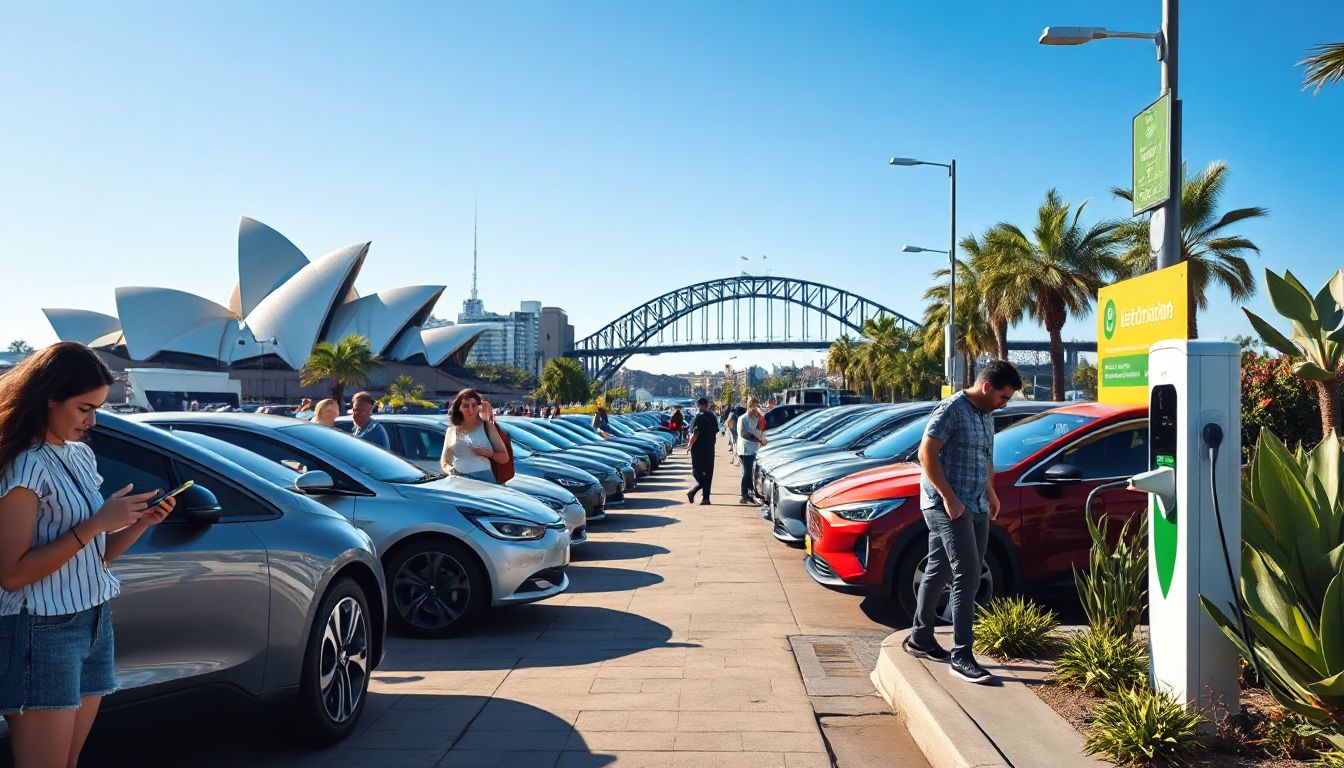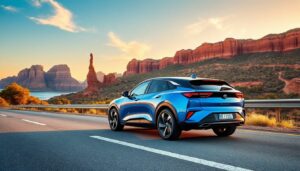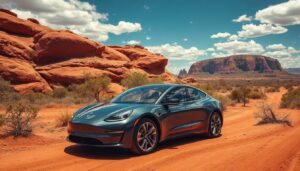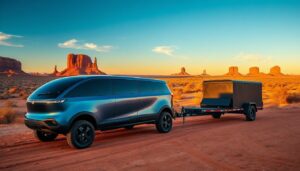Introduction
Electric cars are becoming a big part of Australia’s roads. People want cleaner, smarter ways to get around. Globally, electric vehicle sales are booming, and Australia is catching on. Understanding what drives electric car sales helps everyone—from drivers choosing their next ride to governments shaping policies. It’s all about making cleaner travel easier and more affordable.
Current State of Electric Car Sales in Australia
Market Size and Growth Trends
Over the last few years, electric vehicle sales in Australia have grown rapidly. Last year, more electric cars were sold than ever before. In 2022, EV sales tripled compared to 2020, hitting around 8% of all new car sales. Globally, countries like Norway and China are way ahead, but Australia is catching up fast. The market share might still be small, but the trend points up, showing electric cars are going mainstream.
Key Factors Driving Adoption
Many things are pushing Australians to switch to electric vehicles. Government rebates and policies make buying EVs more affordable. For example, some states offer discounts on stamp duty or registration costs. Better technology means cars go farther on a single charge, and charging stations are popping up more often. Plus, more people are worried about climate change and want eco-friendly options. These factors are all making EVs more popular.
Challenges Limiting Growth
Still, there are hurdles. Not enough models are available, especially in lower price ranges. Many think electric cars are too expensive upfront. Range anxiety — the fear of running out of power — is common. Also, charging stations can be far apart in rural areas, adding to worries. Some potential buyers still hold misconceptions, like thinking EVs are slow or unreliable. These issues slow down the full shift to electric.
Major Players in the Australian EV Market
Leading Car Manufacturers and Models
Tesla dominates the electric car scene with the Model 3, a favorite for its range and tech. Nissan’s Leaf was one of the first EVs here, and Hyundai’s Kona Electric is gaining ground due to its affordability. Other brands like MG and Kia are expanding their offerings. New models, including sporty and larger SUVs, are set to arrive soon, giving consumers more options.
Evolving Dealer Networks and Infrastructure
As demand rises, dealerships now focus more on EVs, offering dedicated showrooms and service centers. Charging networks are expanding with services like Charge Fox and Tesla Superchargers. Better infrastructure sparks more confidence, encouraging more buyers. When you see a charging station nearby, it’s easier to see EVs fitting into daily life.
Government and Private Sector Initiatives
Public-private partnerships are boosting EV adoption. The government is working with businesses to build more rapid-charging stations. Some companies even start switching their fleets to electric—balance in the business world is shifting. Local manufacturers are getting support too, aiming to produce more EVs here, creating jobs and supporting growth.
Future Outlook and Market Projections
Policy and Regulatory Developments
Next few years will bring clearer targets for EV adoption. The government wants to end new petrol car sales by 2035. New laws will likely make importing, selling, and manufacturing cleaner vehicles a priority. These rules push automakers to bring better EVs and reduce emissions faster.
Technological Advancements and Trends
Battery tech keeps improving—batteries last longer and charge faster. Solid-state batteries and ultra-fast chargers are on the horizon. These innovations will make EVs even more practical. Plus, integrating renewable energy — like solar — can power cars greener than ever.
Consumer Adoption Projections
Experts expect EV sales to grow at double-digit rates for years to come. In ten years, electric cars could make up a third of all new vehicle sales. But reaching full adoption will need effort. Overcoming hurdles like price and charging infrastructure will be key to making electric cars mainstream sooner.
Impact of Electric Car Sales on Environment and Economy
Environmental Benefits
Switching to electric cars cuts greenhouse gases. That helps Australia meet its climate goals, like reducing emissions by 26–28% by 2030. EVs cause less pollution both while driving and in their manufacturing. As more Australians go electric, the air gets cleaner and healthier.
Economic Opportunities
This shift opens new jobs in battery manufacturing, charging station setup, and vehicle repairs. It boosts local industry and encourages innovation. Australia could become a hub for EV research and production. The growth of the EV supply chain means more business for local firms and a stronger economy overall.
Challenges and Considerations
The move away from fuel-powered cars affects jobs tied to oil and gas. Policymakers need strategies to support workers and communities. Rural areas need better charging options, so everyone benefits. Recycling batteries and handling waste responsibly is also critical to keep the process sustainable.
Conclusion
Electric car sales in Australia show significant promise. The market is expanding, driven by technology, government support, and growing awareness. Still, challenges remain, like infrastructure gaps and costs. The future looks bright with advancements in battery tech and stronger policies. Everyone—from consumers to policymakers—plays a role in driving this clean transportation revolution. Together, we can help Australia become a leader in electric vehicle adoption. Now is the time to jump in and be part of the change.




